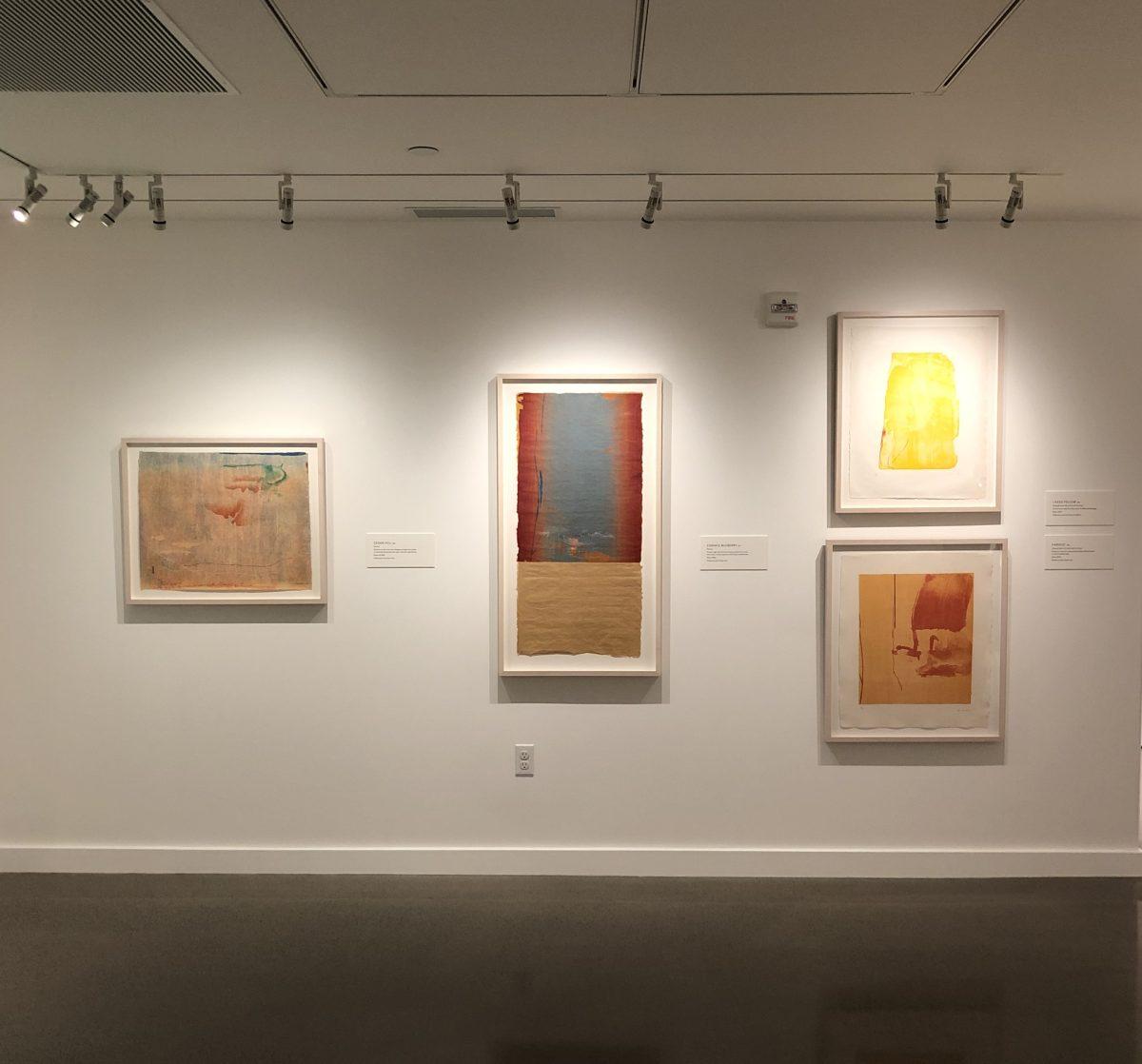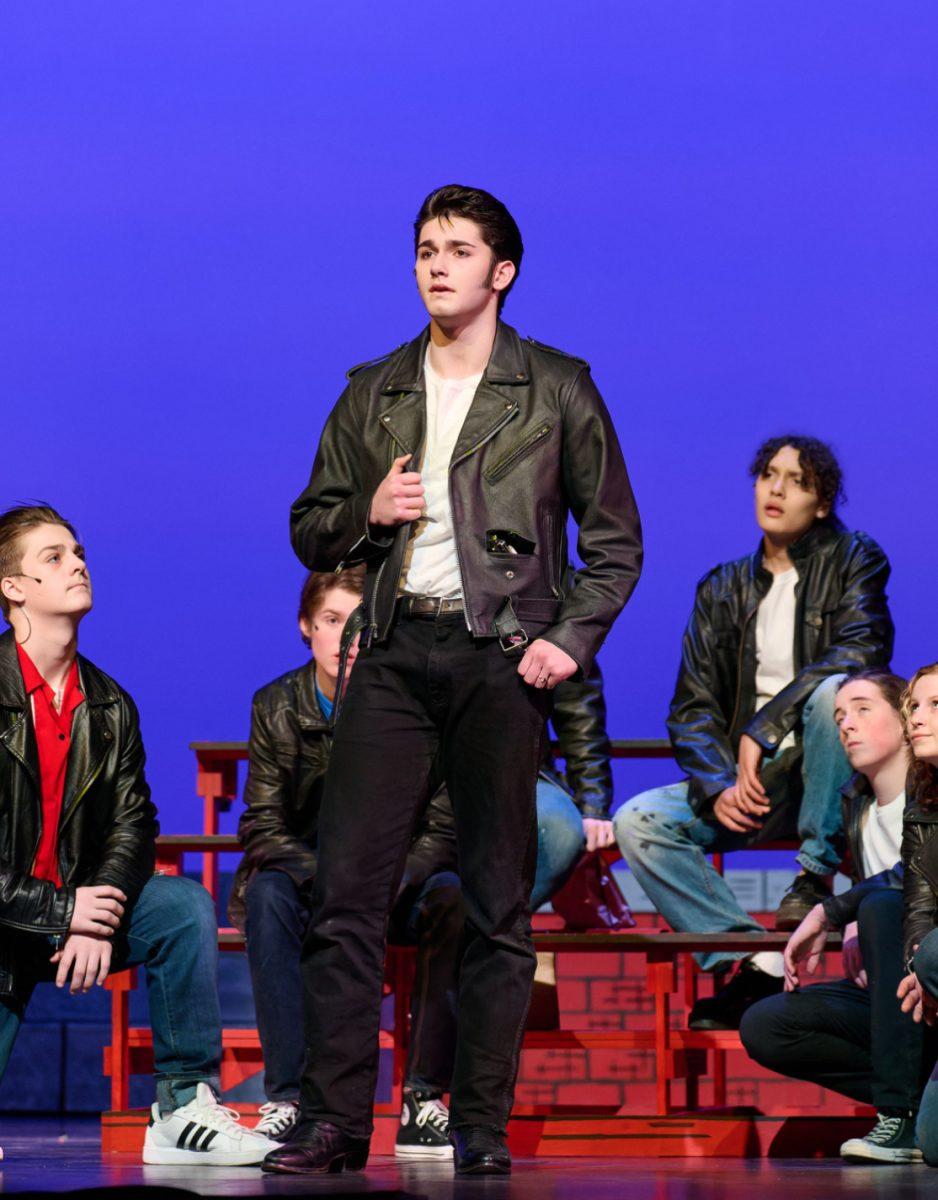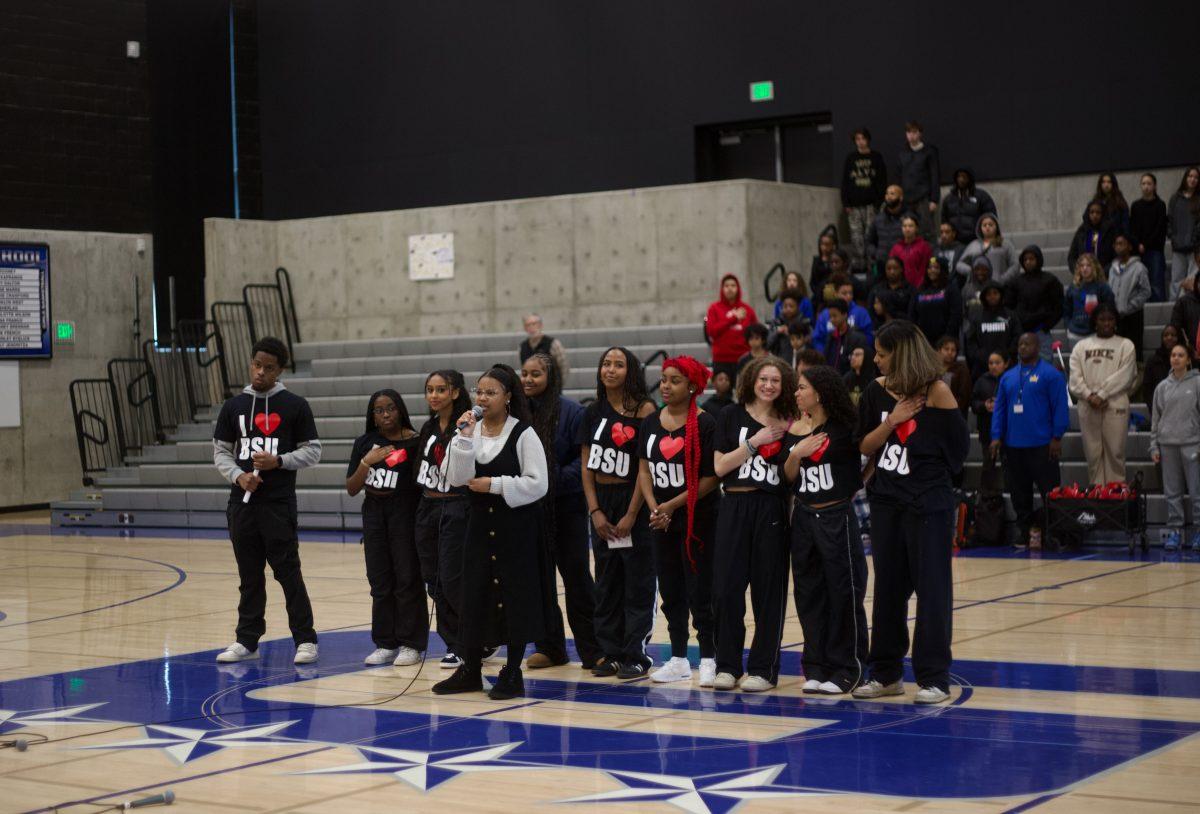
There are some things that people either love or hate. Christmas carols are a prime example: Some might classify them as annoying earworms, while others fully embrace them as a part of the holiday season, listening to them nonstop. Despite their immense popularity, few people know the real history of these songs.
Some of the first known carols written in English were by John Audelay, a priest and poet who wrote a collection called “Caroles of Cristemas” in the 15th century. Audelay’s songs were unlike the carols that are popular today; rather they were alliterative poems focused on remittance of sins. So where did modern carols come from?
The word “carol,” which is commonly associated with catchy Christmas tunes and festive singers at your door, comes from the French word “carole,” meaning “to dance in a ring.” Carols were not always about Christmas, or even Christianity. The act of dancing and singing around a circle stemmed from Pagan rituals honoring gods during the Winter Solstice. These rituals were later adapted by European Christians in the 14th century as the religion spread across the continent. These original carols were often sung in Latin. However, St. Francis of Assisi, an Italian Catholic friar, encouraged his followers to sing carols in their native language. Eventually, the circular component of caroling died out and they solely existed as festive songs.
“Jingle Bells” is one of the most recognizable Christmas carols. Its simple repetitive chorus and cheerful lyrics can be traced back to James Lord Pierpoint, a songwriter and organist from Medford, Massachusetts. His father, Reverend John Pierpoint, was a pastor of a Unitarian church in Boston, Massachusetts and a passionate abolitionist. Pierpoint left Medford and his family at an early age and moved to California during the Gold Rush. He wrote his first song, “The Returned Californian,” in 1852 about his business failure with the Gold Rush. This composition was sung by Ordway’s Aeolians, a group that performed in blackface makeup in minstrel shows around Boston. This group performed many of his works, including “One Horse Open Sleigh,” which eventually became known as “Jingle Bells.”
In 1858, Pierpoint moved to Savannah, Georgia, where he was hired to be the music director and organist of Savannah’s Unitarian congregation. During the Civil War, Pierpoint heavily supported the Confederacy despite his abolitionist upbringing, and even wrote many Confederate anthems.
Some people contend that “Jingle Bells” was written while Pierpoint lived in Savannah, not Medford, but it is agreed that the lyrics were inspired by Medford’s sleigh racing, a popular activity in the 1800s. There are no lyrics in the original “Jingle Bells” that refer to Christmas or religion in general, instead they refer to sleigh accidents and courting women.
In 1843, a local parish priest in a small French town decided the renovations of the church organ should be celebrated with a song. The priest commissioned Placide Cappeau, a poet and wine merchant, to write the lyrics. Cappeau, an atheist with a strong disdain for religion, wrote lyrics which were less about God and more about his views on humanity. His poem was titled “Minuit, Crétiens” which translates to “Midnight, Christians.” Adolphe Adam, a composer and friend of Cappeau, created the music for the poem, naming it “Cantique de Noël” which simply means “Christmas Carol.”
The song gained widespread popularity after it was first sung in 1847 by opera singer Emily Laurey. Some time after its debut, people found out about Cappeau’s atheism and Adam’s alleged Judaism and were enraged. The Catholic Church banned the song in French liturgy, but it was so popular that it lived on outside of the church. Later, American music critic and editor John Sullivan Dwight heard the carol and translated it into English. He took many liberties with the translation and made changes to the lyrics to fit his Transcendentalist beliefs , resulting in the song we know today.
Composer and music teacher Katherine Kennicott Davis did not become famous until more than a decade after writing “Carol of the Drum,” which was later renamed “The Little Drummer Boy.” While working as a music teacher at Wellesley College, Concord Academy and the Shady Hill Country Day School in Philadelphia, Davis Wrote “The Little Drummer Boy.” The idea for the song first came to her while trying to take a nap, when instead, she thought of a melody. Claire Fontijin, chair of the music department at Wellesley College, believes that the inspiration for Little Drummer Boy came from a French song called “Patapan,” or “Guillaume Prends Ton Tambourin,” which translates to “Willie take your little drum.” Upon its initial release in 1941, the song was barely known — being sung only by choirs until 1950, when it was recorded by the Trapp Family singers. In 1958, Harry Simeone Chorale renamed the song “The Little Drummer Boy,” and recorded a version of it that was played on the radio and gained widespread fame.
These songs, along with other beloved classics, continue to be sung by the masses. Each new generation of artists have recreated these carols for their Christmas albums while others write original, but less catchy songs, (Excluding Wham!’s “Last Christmas,” and Mariah Carey’s “All I Want for Christmas Is You”). Whether you love or hate them, Christmas carols are an integral part of the holiday season.
































